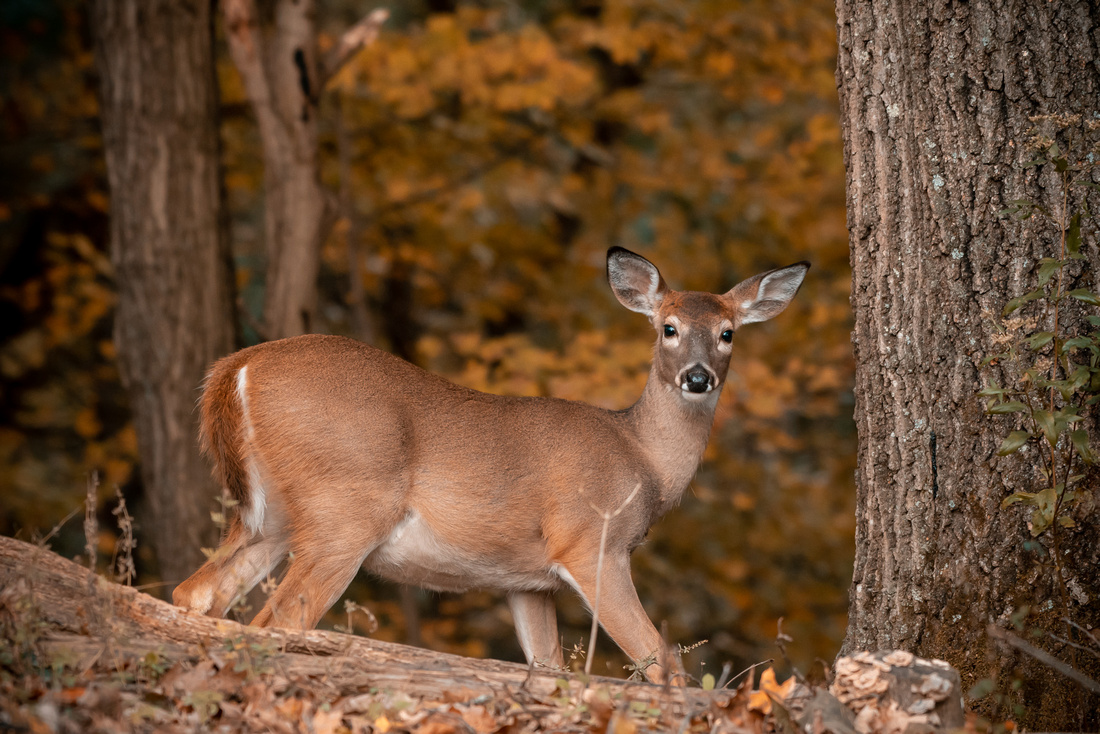West Virginia’s got a lot of deer within its borders, and they can be a burden. For instance, the state’s vehicle collision rate with deer is one of the…
West Virginia’s got a lot of deer within its borders, and they can be a burden. For instance, the state’s vehicle collision rate with deer is one of the highest in the nation, according to a study by State Farm Insurance. In Morgantown, new technology is being used to monitor these animals.
You see them while driving along the interstate. You’ll catch them in your residential neighborhoods, eating vegetables from your garden.
They’re deer, and the state is trying to find better ways to quantify how many of them are in West Virginia. Sheldon Owen is a wildlife specialist at the West Virginia University extension office in Morgantown.
“A lot of people will say that we have too many deer out there. Those individuals who love to see a lot of deer are happy with the numbers. We are experiencing a lot of deer damage in the state, to agriculture, to our gardens, and also to our natural resources,” said Owen.
“Our forests are taking a hit because of the number of deer foraging on the seedlings and things that are trying to grow.”
This week, members of the extension office are canvassing Morgantown using new methods to track how many deer are in the city. This includes using a special infrared technology, said Owen.
“Any object gives off heat radiation, or a thermal signature. A thermal imaging device basically captures that information and translates it onto a screen so we can form a picture of what is going on out there. We can see this thermal picture of what is across the landscape,” he explained.
“We can determine the outline of a deer, a dog, raccoon, houses, cars, so we can differentiate between what is a dog, deer, or what is going on in the landscape.”
Owen says the infrared technology is superior to the current system that utilizes spotlights.
“We have used spotlights and have driven specific routes and located deer and counted deer over certain area. In using spotlights, we are relying on an external light source, we are missing deer because we can’t see them through vegetation,” he said.
By using this infrared technology, Owen said they find up to 30 percent more of the deer that are out there.
The extension office works closely with the Division of Natural Resources on projects like this. Owen is hoping more counties will use this infrared technology so deer counts can be more accurate.
“We’re doing this to try to see, well to come up with a kind of protocol, that everyone can use, other municipalities and communities can use to get a handle on the number of deer in their area,” said Owen.
Even with the new system Owen expects there will be challenges. He says the biggest one may be line of sight, in other words, finding deer that may be hidden behind buildings and in geographically tricky locations where it could be tough to find them. But he says infrared gives another advantage.
“You’re able to see through heavy fog, smoke, mists and things, so it allows us to detect animals that are otherwise missed with our other technologies, such as using a spotlight,” Owen said.
The locators will be traveling in vehicles to do the work. Once the information is collected, the Extension Office will pass along the numbers to the city of Morgantown, which allows urban deer hunting. Owen and his team also work with the Division of Natural Resources, so they will receive the more accurate numbers as well.
